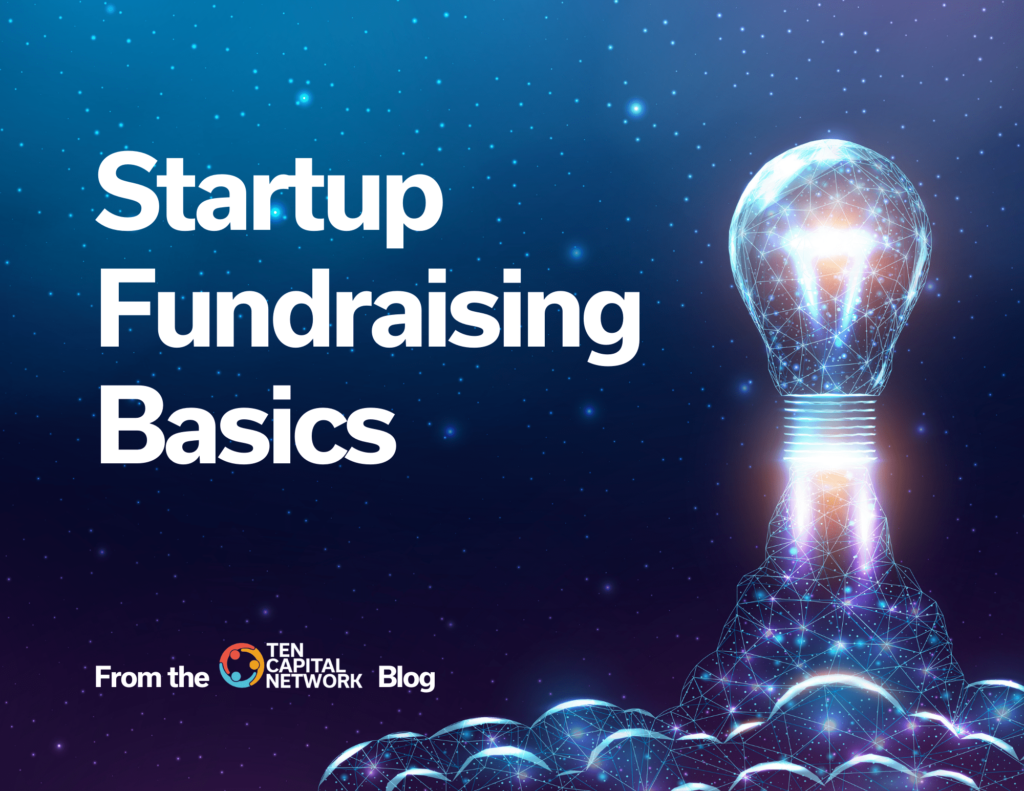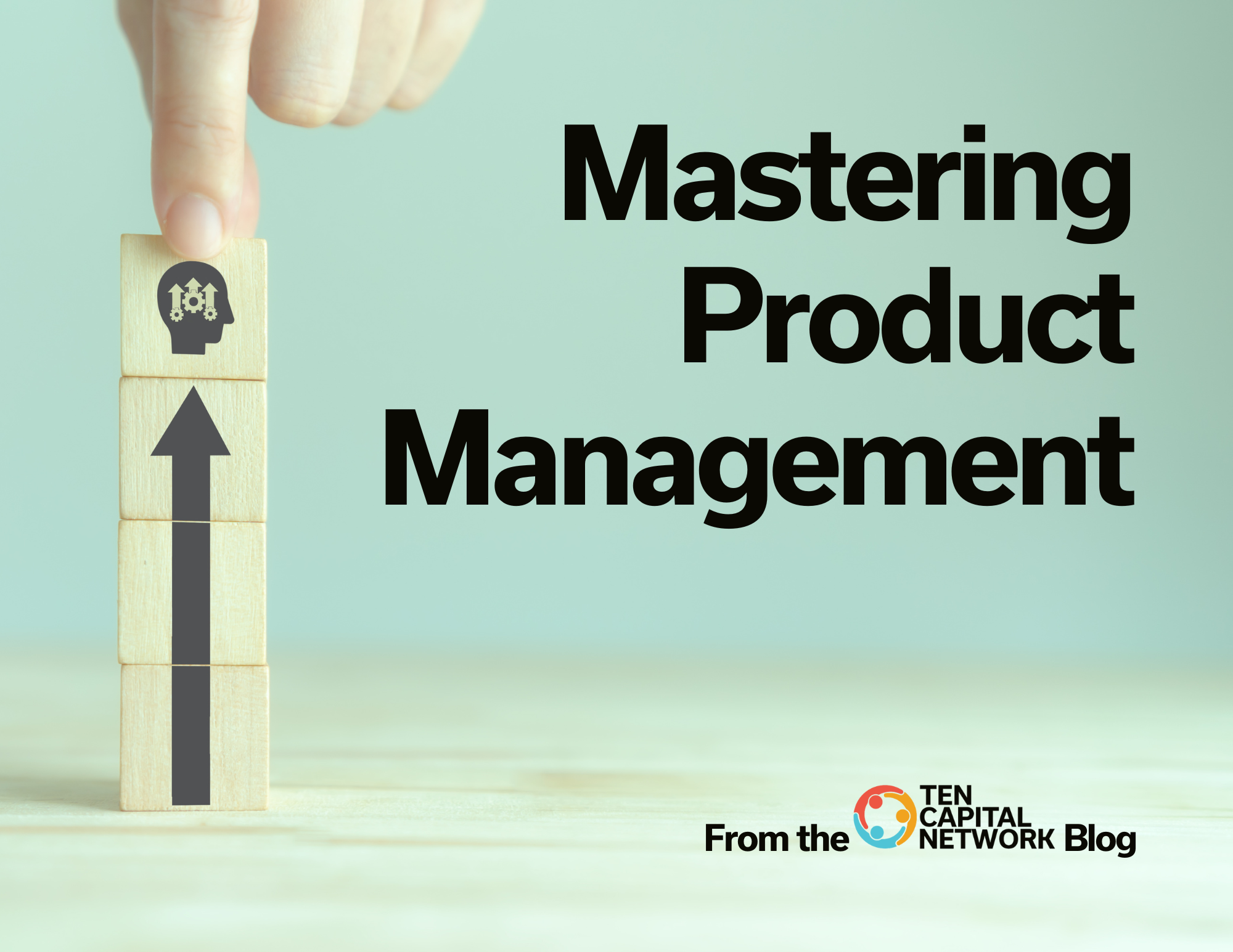2min read Most startups need additional capital to help launch or grow their business. One way to obtain this additional capital is to raise funds via investors. In this article, we cover the basics of startup fundraising including if you should raise funding, when you should raise funding, how much funding you should raise, and how to milestone your raise.
Should Your Startup Raise Funding?
Before raising funding, consider if you should raise funding for your startup. Ask why you need funding and consider if you have a specific need for funding that is tied to growing the business.
If you have a business that is on a high growth trajectory, then consider venture funding. If the business is not high growth or you have no vision of selling it, then consider other forms of funding such as SBA loans or revenue-based funding.
Investors expect a return in the ballpark of five times their investment in five years. Angel and venture capital funding goes to those startups. Other factors to consider for venture funding include the following:
- You have a large addressable market.
- You are building a business that is scalable.
- You are using a recurring revenue monetization model.
- You are building a platform-based business rather than a single product.
- You plan to sell the business rather than keep it for a lifestyle business.
- Finally, you have built enough of the business to prove product and market validation; the product works and people will pay for it.
When to Raise Funding
Most founders go out for a fundraise prematurely because they need money and not because they are ready for fundraising. Consider the following to understand when to raise funding:
- Have a compelling idea that you can clearly articulate.
- Have a validated customer, market, and product lined up.
- Have the investor documents been prepared? While you will always be changing the deck, it needs to show the core product, team, and fundraise.
- Be able to demonstrate the product even at an early stage.
- Show customer interest through engagement as well as revenue.
- Talk to some investors to identify what risks they see in the deal then show how you mitigate those risks.
- When you have these things done, then consider launching your fundraise.
- Engage investors with your deal and remember to never show up to an investor meeting empty-handed.
- Always have some customer engagement to discuss.
How Much Funding to Raise
When raising funding consider how much you should raise. Start with the overall amount of funding required to take the business to cash flow positive. This is often a fairly large number for platform-based businesses in a high-growth sector.
Take the overall amount of funding and break it down into milestone raises. At the early stage of the business, the valuation is low. As you build the team, the product, and the revenue, your valuation will go up. For the first round of funding raised as little as you need to reach the next milestone.
If you raise too much funding in the first round you will be giving away too much equity. Save the larger rounds of funding for later when you have a much higher valuation. Pre-seed rounds are often at $250K, Seed rounds at $500K to $750K, and Series A rounds at $1M to $5M. Each round will cost you 20% of the equity.
Milestone the Raise
Founders often want to compress their fundraise into one round for the sake of efficiency. While this may sound like a good idea, it’s actually an expensive one for the founder. Raising too much money in the early stages will cost the founder equity dilution.
The valuation of the startup is low at the beginning and will rise with more products built and revenue generated. Raise a small amount upfront to get the business going such as $250K. If you try to raise less than $250K, most angels and venture capitalists will not consider this enough to build something meaningful.
Take your overall fundraise and break it into smaller milestones such as $500K for a seed round. It’s often the case that you will need to raise another $500K a year later which some call a seed plus round. It’s still seed funding and comes at the same terms as before. But it’s easier to raise because you broke a $1M raise into two milestones. This strategy lets you raise funding and then work on the business. For the next round, you’ll need some time to build the product and close customers.
A rule of thumb is it takes one year to raise $1M. A $500K raise will come in closer to half a year. When you raise funding it should be a full-time job. The key here is it doesn’t have to be a full-time job for the entire year.
Read more on the TEN Capital eGuide: How to Prepare for a Fundraise

Hall T. Martin is the founder and CEO of the TEN Capital Network. TEN Capital has been connecting startups with investors for over ten years. You can connect with Hall about fundraising, business growth, and emerging technologies via LinkedIn or email: hallmartin@tencapital.group





